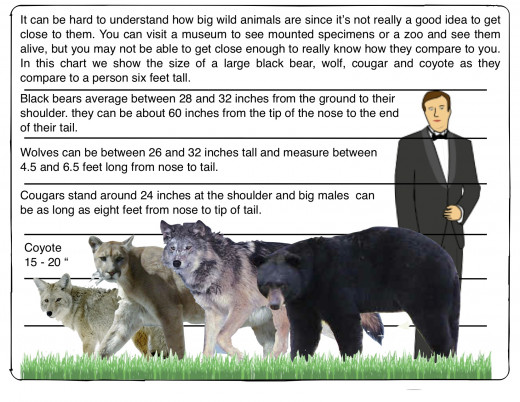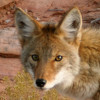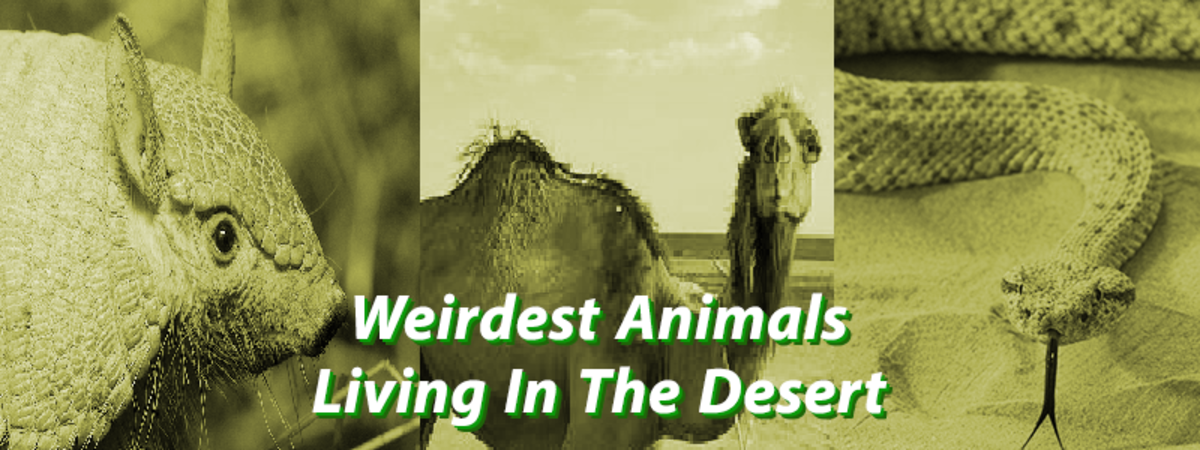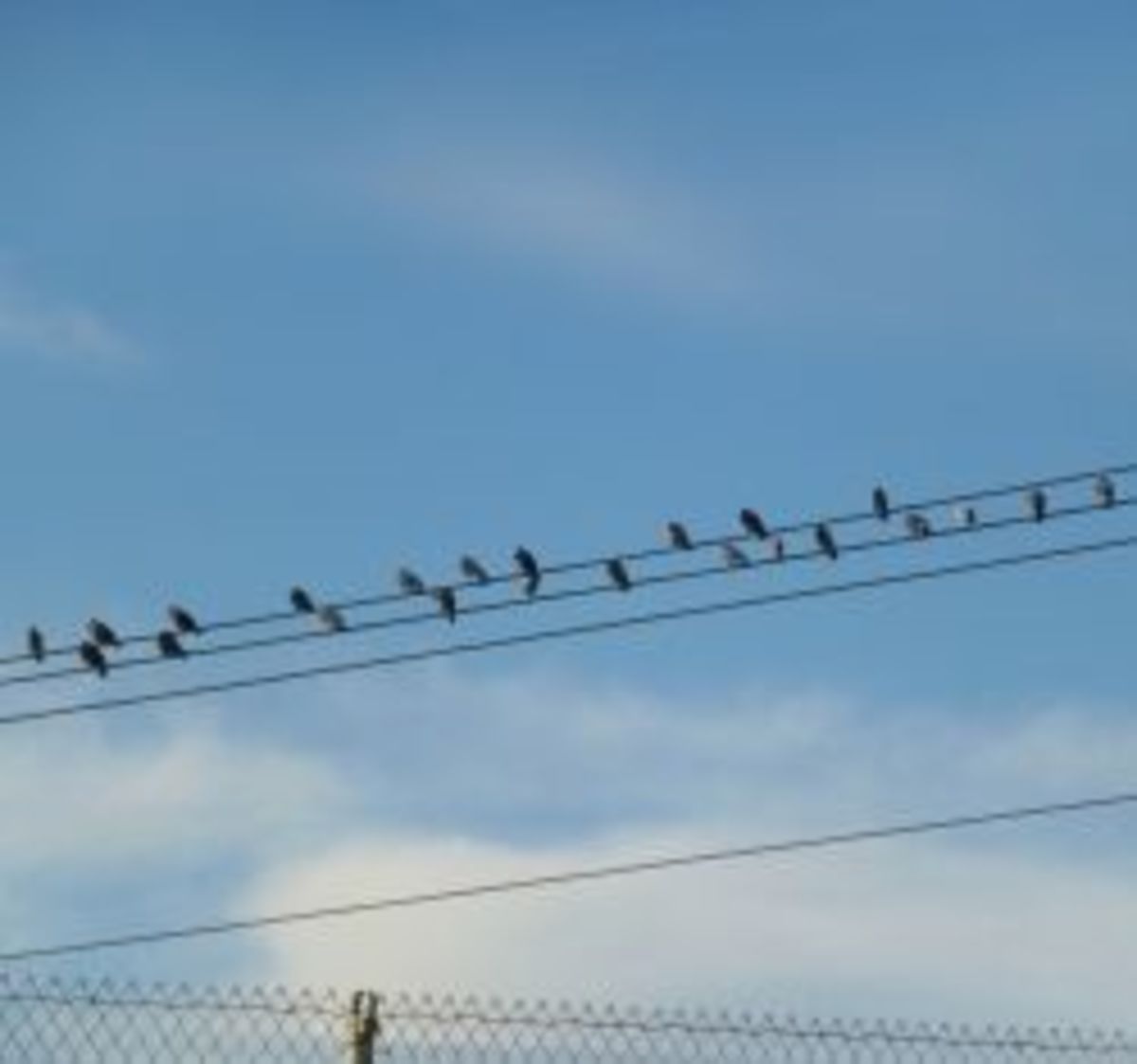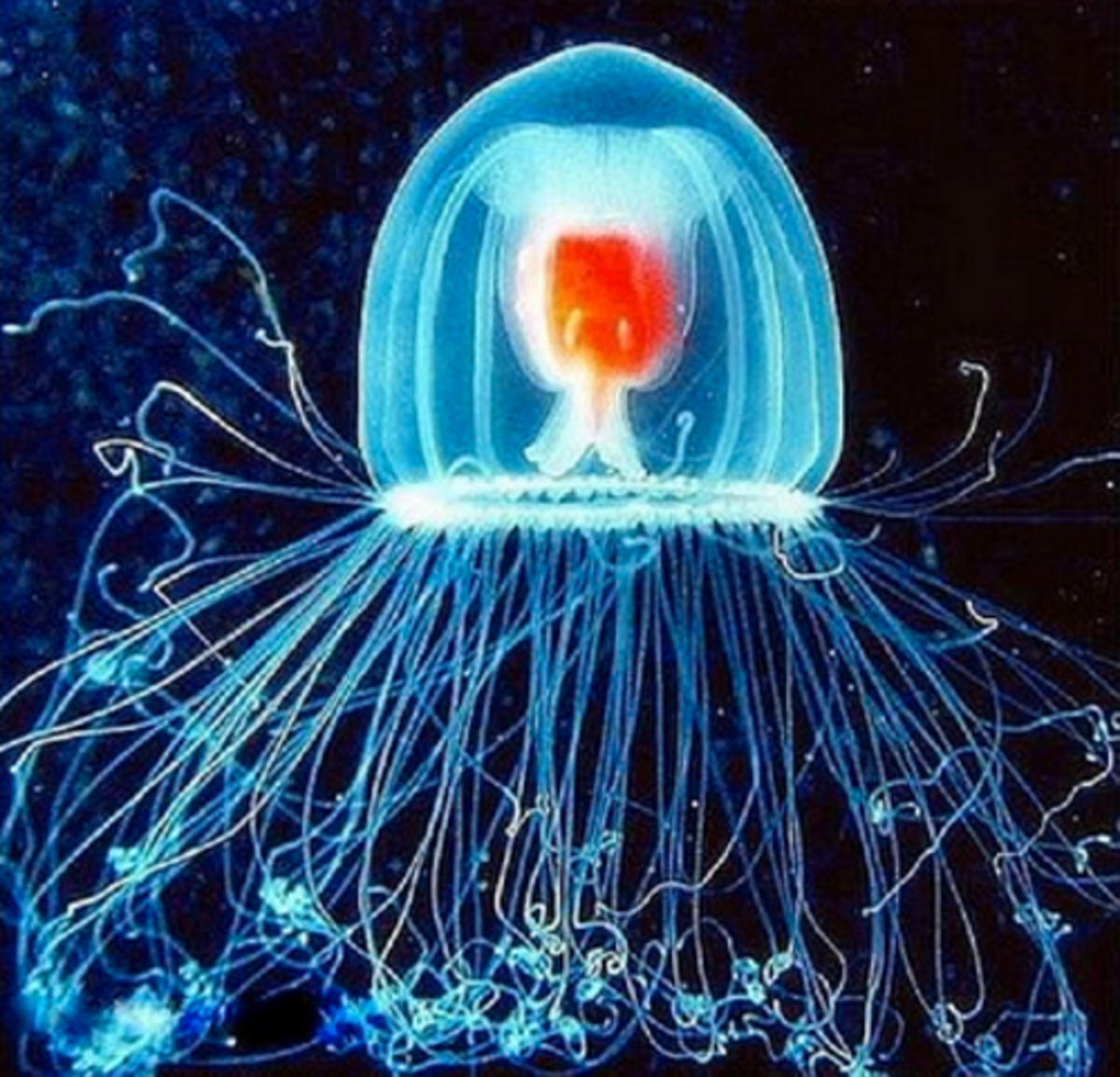Black bears aren't always black
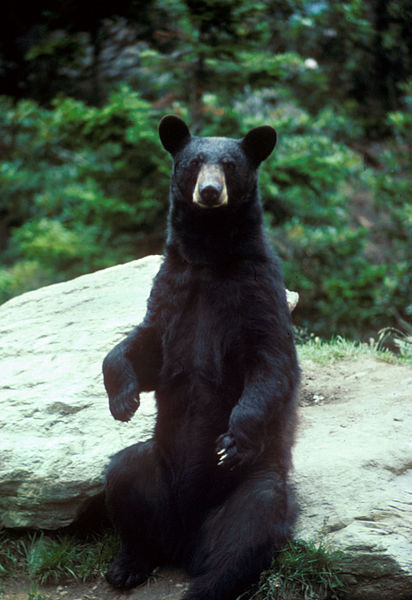
When black isn't black
Almost all of the black bears in the eastern United States really are black. When the early settlers saw these bears it was natural that they would name them black bears. In the western United States these bears come in a wide variety of colors including black, brown, almost white and many different shades in-between. These different colors are called phases.
Scientists believe that the different colors help black bears survive in different habitats. For example, black fur is more resistant to abrasion and blends well with the deep shadows of the eastern forests. Brown fur is cooler and blends with the browner habitat of western states.
Only one percent of the bears in Pennsylvania are brown, while 90 percent of those in Yosemite National Park in California have brownish coats.
Spirit bear
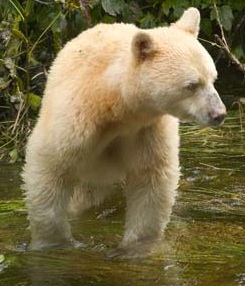
Bears with almost white coats can be found in any population, but there is an isolated group on the islands off the coast of British Columbia where they are common. These bears are not albinos. They are called “spirit bears.”
The blue phase, or glacier bear, is found in parts of Alaska and Canada. Their rich black fur is tipped with white or silver. Scientists think that this very rare color helps camouflage the bears in the snow and ice where they live.
Cinnamon phase
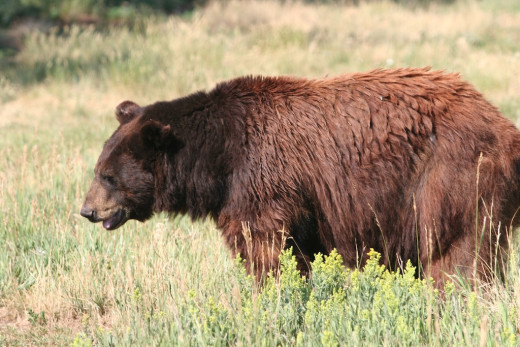
About black bears
Black bears are abundant and widely distributed. They can be found in almost every US mountain range.
Bears hibernate through the winter and can be quite thin when they emerge in the spring, weighing around 150 pounds. By the end of summer they will have a heavy store of fat to sustain them through winter hibernation and can weigh close to 400 pounds.
Black bears will eat almost anything. In Utah as much as 80% of their diet is vegetation. They eat roots, tubers, bulbs, berries, leaves, nuts and grasses. They eat a lot of small animals, insects and grubs. The balance of their diet comes from dead animals they find lying around the forest.
Blonde phase
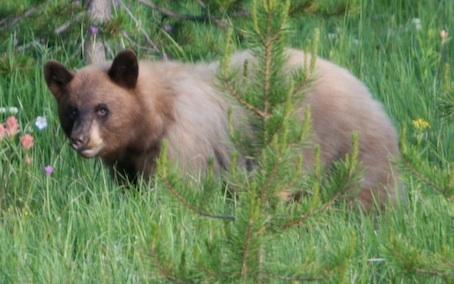
Black bear cub up a tree
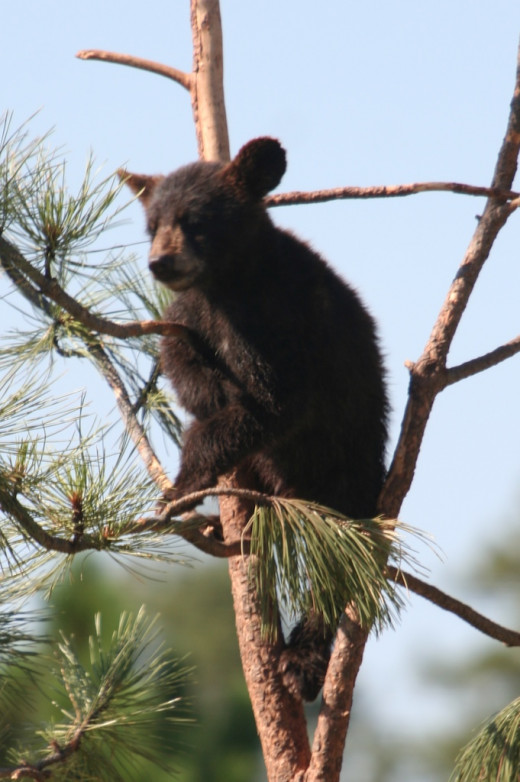
Bear cubs are born during hibernation and weight between 6 and 12 ounces at birth. They nurse until it’s time to leave the den, and can weigh as much as eight pounds before they first see the light of day. Cubs usually stay with their mother throughout the summer and the following winter, denning with her for their first hibernation.
Bears are thought to have the best sense of smell in the animal kingdom. They rely on smell to locate mates, detect and avoid danger, identify cubs, and find food. Although the region of the brain devoted to the sense of smell is average in size, the area of nasal mucous membrane in a bear's head is one hundred times larger than a human's. This gives a bear a sense of smell that is 7 times greater than a bloodhound's and 2100 times better than humans.
Brown phase
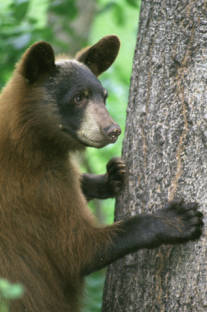
Bears in Utah
Although Utah doesn’t have as many bears as some of the neighboring states, they tend to grow bigger here. According to the Boone and Crocket record books, the biggest black bear ever found was from Sanpete County. This skull was found lying on the ground and can be seen at the Cabela’s store in Lehi, Utah. The skull was so big there was some question as to whether it really came from a black bear and not a grizzly. It was sent to the Smithsonian Institution and determined to be the world’s biggest black bear. The skull is nearly 15 inches long and almost nine inches wide (a total of only four inches smaller than the world record grizzly).
Fun Fact
The last grizzly recorded in Utah was one that had a long history of attacking sheep in Cache County. Named “Old Ephraim,” this bear was killed by Frank Clark on August 22, 1923. Clark pursued Old Ephraim by his distinctive three-toed track for most of nine years before he finally caught up with the bear. According to Mr. Clark, the bear was 9 feet 11 inches long.
Clark burned and buried the bear, but a few days later a group of Boy Scouts retrieved the skull and sold it to the Smithsonian for $25. Old Ephraim’s skull is on loan from the Smithsonian and on display at the Merrill Library on the Utah State University campus in Logan, Utah. The skull is 15 inches long and at least eight inches wide. The world record grizzly skull is 17 inches long and ten wide, so Old Ephraim was a big old bear.
How to tell a grizzly from a black bear
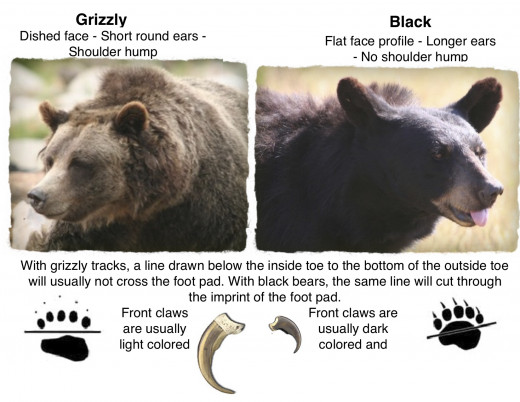
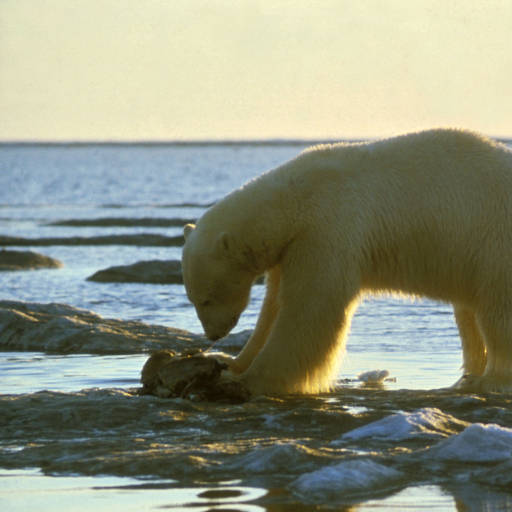
Making sense of senses
Bears have a sense of smell that is second to none. They can detect smells seven times better than a bloodhound and 2100 times better than humans. If we compare our own sense of smell to a penny, we’d have to find 2100 pennies to equal the sense of smell that bears have. That stack of pennies would weigh about 14 1/2 pounds and be worth $21.
For your safety and the bears
Be bear aware
Bears often live in the same places we camp, hike and build our houses. This poses a safety concern for both humans and bears. If a bear obtains food from a home or campsite, even once, it may become aggressive in future attempts. This almost guarantees the bear will have to be destroyed. Fortunately, there are steps you can take to protect both you and the bear.
Sloppy campers and hikers don't just endanger themselves, but also future visitors. Bears have amazing memories; they will return to a site repeatedly.
Click on this link for the Utah Division of WIldlife Bear Aware guidelines.
Utah DWR Living With Bears
Never run from a predator
Never try to run away from a predator. Doing so could trigger an automatic response to attack and you have no chance of outrunning these wild athletes.
Even with a 50 yard head start, a cougar can catch the average human in less than four seconds. Wolves and bears aren’t far behind. They can catch you in less than six seconds.
World record sprinter Usian Bolt wouldn’t even have a chance in a race with a cougar. With a 50 yard head start, the cougar would catch up with “Lightning” Bolt in about four and a half seconds.
Ever watch a cat play with a string or a mouse? When the prey stops moving the cat looses interest, but as soon as it moves again the cat is all over the string or mouse. This same natural response could trigger an attack if you run from a predator.
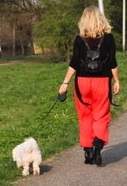
Trolling for cougars
When my boys and I see someone walking their dog in the wilderness we refer to it as "trolling for cougars."
I know that sounds harsh, but having a pet with you in the wild requires some extra caution.
Never leave pet food out around your camp. ALways put it in a bear proof location as soon as your pet is finished eating.
You should also walk with your pet on a leash. A dog running free can cause problems with young wildlife. Also, what happens if your pet should encounter a predator, get the animal agitated, and decide desecration is the better part of valor?
The pet will run right back to you with the angry predator in tow. Not a situation you want to deal with.
